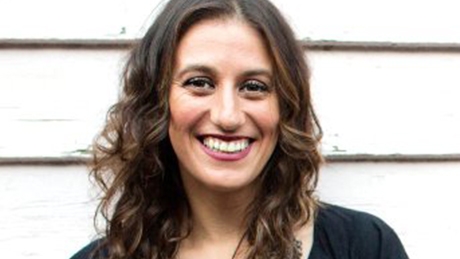-
Mindfulness is the new black. It is an effective mental technique, borrowed from the 2000-year-old Buddhist contemplative practice and adapted to suit non-religious contexts, including board rooms, corporations, hospitals, schools and sports teams.
As a doctor trained in psychiatry and a meditation teacher, discovering the science supporting the benefits of mindfulness meditation really motivated my own practice. The research is compelling. We now know that mindfulness meditation, when practised regularly, can truly transform your brain and your health for the better.
Mindfulness is a practice which supports the capacity to stay focused on what you are doing as you are doing it, a powerful antidote to the distractible nature of the mind and the information-overload in our digital world. When practised regularly, it can bring more calm and effectiveness into everyday life, reducing stress and enhancing mental capacity.
It is initially practised through meditation, but can also be applied to daily activities such as eating, walking or working. Mindfulness is the simple, yet challenging discipline of noticing what you are doing when you are doing it and becoming master, rather than slave, to the impulses of your mind.
5 ways to practise mindfulness
Tune in to the breath
It may sound like an irritating cliché, but there is scientific rationale for this advice. The breath is not only a powerful indicator of one’s state of mind but also a helpful modulator.
During a busy day, take a few moments to consciously tune in to the breath. Feel three breaths move in and out of the body. Then slow down the exhalation which helps to trigger the relaxation response. Extending the breath in this way sends a message to the parasympathetic nervous system (the system that opposes the stress response) to calm down the body which helps you think more clearly and feel more relaxed.
Use your surroundings as a circuit breaker
Take moments in the day to disconnect from the flurry of to do lists and direct your attention externally by tuning in to your senses. Listen to the sounds in the room, feel your body in space, see the space you are in, notice the temperature and smells. By tuning in to your senses, just for a few moments, you give your mind a micro break from the stress of thinking.
Use technology with awareness
Sitting at a computer all day? Bring awareness to your posture and breath. It has been noted that email apnea, the temporary suspension of breathing while doing email, means we are inadvertently creating stress in the body. When we breathe irregularly, the body becomes acidic through retention of excess carbon dioxide. This acidity may contribute to stress related diseases. Check in with your body and breath whilst working at the computer to ensure you are getting sufficient oxygen.
Simplify your to do list
Bring attention to the top three priorities of your day. Break your work time into smaller blocks for higher levels of efficiency, and take short breaks between blocks.
Use your lunch as a mindful practice
Rather than eating whilst working on the computer, or missing out on lunch altogether, use your lunch as a way of practicing mindfulness. This means, noticing you are eating as you are eating, intentionally tasting your food, and bringing awareness to the act of chewing. This will give your mind an opportunity to rest from the whirlwind of the day, allowing space for mind and body rejuvenation.
Find out more about Mindful in May at mindfulinmay.org
How mindfulness makes you calm, clear and focused

-
5 ways to relieve stress
Discover 5 easy stress-relief techniques to calm your mind and body. Try exercise, breathing, outdoor time, positive self-talk, and more for a balanced life.
-
The psychology of why travel is so good for you
Travel can challenge us, spark our creativity and refresh our headspace. Here's why you should start dreaming up your next adventure.
-
Are you getting too much blue light exposure?
Vision Eye Institute ophthalmologist Dr Lei Liu explains.
-
How to treat tired, dry or itchy eyes
Ophthalmologist Dr Mark Jacobs explains how to find relief.
-
Discovering an ADHD diagnosis later in life
Around 1 in 20 Australians are living with attention deficit hyperactivity disorder (ADHD), many of whom only received their diagnosis as adults. We spoke to Judith and Mark about their journeys to adult diagnosis and treatment, and what life looks like now.
-
How to stop clenching and grinding your teeth
Waking up with a sore jaw? Clenching your teeth during the day? Find out what causes teeth grinding and how to stop it, including sleep hygiene, stress management techniques and mouthguards.
Subscribe to receive the best from Live Better every week. Healthy recipes, exercise tips and activities, offers and promotions – everything to help you eat, move and feel better.
By clicking sign up I understand and agree to Medibank's privacy policy






